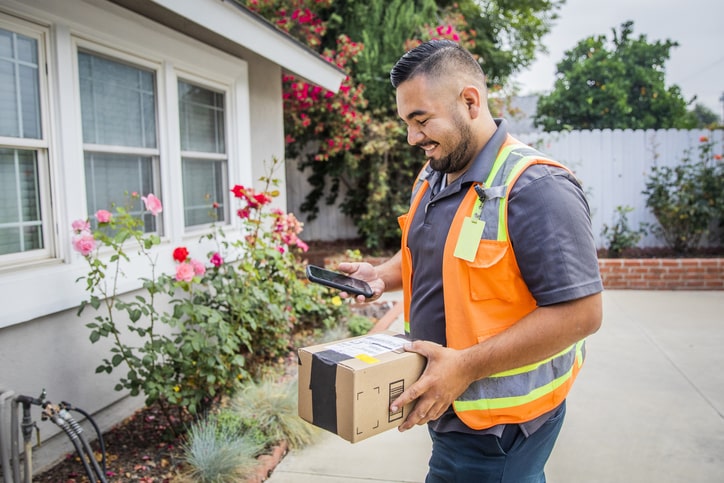
How Leading Brands Are Building Carrier Agility for Peak 2025
by Lori Boyer
If there’s one thing every shipper can count on this year, it’s change.
The carrier landscape is shifting fast. Over the past year, regional carrier usage surged by more than 30% as brands diversified to manage volatility in pricing, capacity, and service levels.
National carriers are still essential—but they’re no longer enough on their own. New pricing models, capacity fluctuations, and shifting service priorities mean static carrier strategies are increasingly risky. In Peak 2025, carrier agility is becoming a competitive advantage—and in many cases, a necessity.

How big brands are adapting
Best Buy offers a standout example. To reduce risk and improve delivery speed, the electronics retailer expanded its carrier network by partnering with regionals like LaserShip and OnTrac. This move was strategic: when LaserShip and OnTrac merged to create a transcontinental network, it gave Best Buy more options beyond national players—especially valuable during peak surges when national capacity tightens (Modern Retail).
By building this flexibility into its shipping stack, Best Buy can now shift volume quickly if performance dips or capacity constraints emerge. It also allows the company to target faster delivery speeds in key metro areas—helping it compete with larger marketplaces on experience.
How smaller brands can adapt
You don’t need enterprise scale to build carrier agility. In fact, for many smaller brands, agility can be an advantage—you can move faster than larger players mired in legacy integrations:
- Pilot regional carriers now → Start testing with a portion of your volume so you’re not scrambling mid-peak.
- Use a shipping platform that supports fast onboarding and easy integration of new carriers (without requiring months of IT work).
- Monitor real-time carrier performance—actual delivery times, exceptions, costs—and adjust your carrier mix dynamically throughout peak season.
Why this matters
Peak 2025 will be a season of volatility. Brands that rely too heavily on a single carrier—or fail to monitor performance in real time—risk getting boxed out of capacity or stuck paying premium rates when crunch time hits.
By building carrier agility now, you’ll be able to:
- Control costs more effectively
- Maintain service levels when national networks tighten
- Provide faster, more reliable experiences for your customers
Carrier flexibility isn’t just a backup plan this year—it’s becoming a strategic lever for brands that want to stay competitive.
Want more strategies? Download our free ebook: Why Peak 2025 Is Different—And How Leading Brands Are Adapting → [Download the ebook]